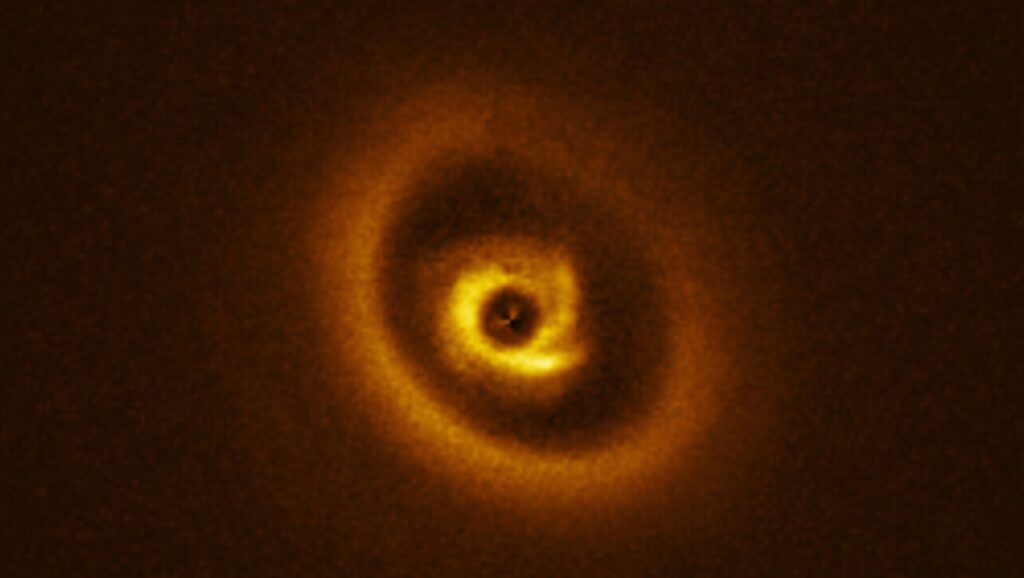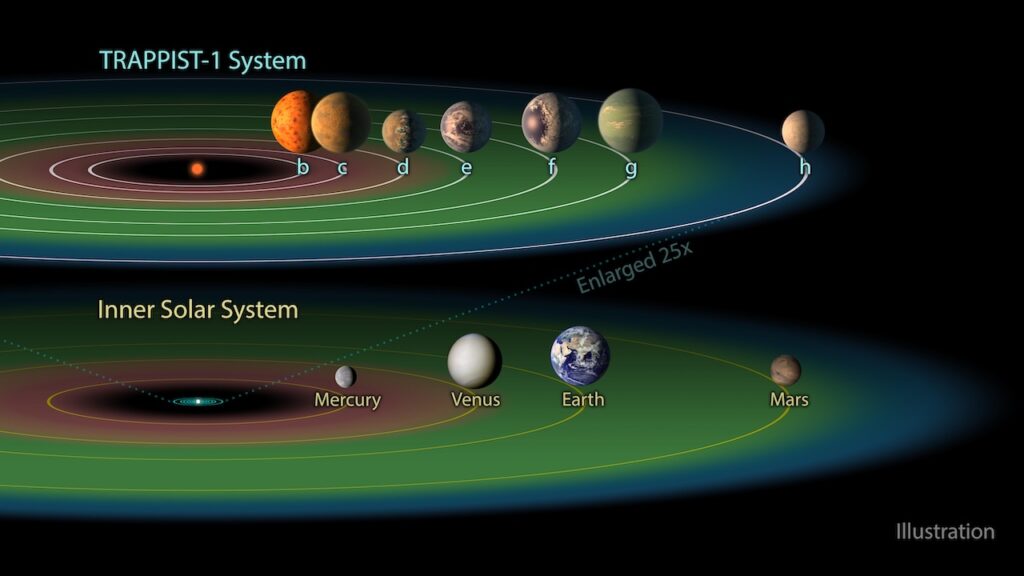Discovery and Characterization of Kepler-36b

We describe the circumstances that led to the discovery of Kepler-36b, and the subsequent characterization of its host planetary system.
The Kepler-36 system is remarkable for its physical properties: the close separation of the planets, the contrasting densities of the planets despite their proximity, and the short chaotic timescale. Its discovery and characterization was also remarkable for the novelty of the detection technique and for the precise characterization due to the large transit-timing variations caused by the close proximity of the planets, as well as the precise stellar parameters due to asteroseismology.
This was the first multi-planet system whose transit data was processed using a fully consistent photometric-dynamical model, using population Markov Chain Monte Carlo techniques to precisely constrain system parameters. Amongst those parameters, the stellar density was found to be consistent with a complementary, concurrent asteroseismic analysis. In a first, the 3D orientation of the planets was constrained from the lack of transit-duration variations. The system yielded insights into the composition and evolution of short-period planet systems. The denser planet appears to have an Earth-like composition, with uncertainties comparable to the highest precision rocky exoplanet measurements, and the planet densities foreshadowed the rocky/gaseous boundary. The formation of this system remains a mystery, but should yield insights into the migration and evolution of compact exoplanet systems.
Eric Agol, Joshua A. Carter
(Submitted on 13 May 2019)
Comments: 31 pages, 9 figures. In press with New Astronomy Reviews special issue on key discoveries with Kepler
Subjects: Earth and Planetary Astrophysics (astro-ph.EP); Solar and Stellar Astrophysics (astro-ph.SR)
Journal reference: New Astronomy Reviews, Volume 83, 2018, Pages 18-27, ISSN 1387-6473
DOI: 10.1016/j.newar.2019.03.004
Cite as: arXiv:1905.05229 [astro-ph.EP] (or arXiv:1905.05229v1 [astro-ph.EP] for this version)
Submission history
From: Eric Agol
[v1] Mon, 13 May 2019 18:27:21 UTC (3,017 KB)
https://arxiv.org/abs/1905.05229
Astrobiology








